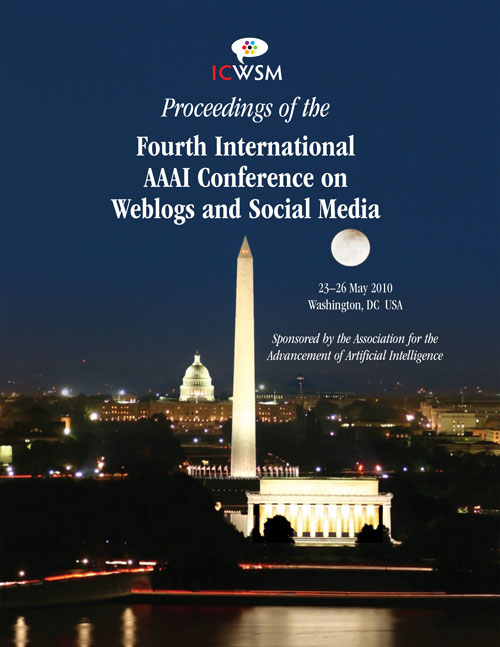Study of Static Classification of Social Spam Profiles in MySpace
DOI:
https://doi.org/10.1609/icwsm.v4i1.14017Keywords:
AAAI, social networks, myspace classification, spam, social spamAbstract
Reaching hundreds of millions of users, major social networks have become important target media for spammers. Although practical techniques such as collaborative filters and behavioral analysis are able to reduce spam, they have an inherent lag (to collect sufficient data on the spammer) that also limits their effectiveness. Through an experimental study of over 1.9 million MySpace profiles, we make a case for analysis of static user profile content, possibly as soon as such profiles are created. We compare several machine learning algorithms in their ability to distinguish spam profiles from legitimate profiles. We found that a C4.5 decision tree algorithm achieves the highest accuracy (99.4%) of finding rogue profiles, while naïve Bayes achieves a lower accuracy (92.6%). We also conducted a sensitivity analysis of the algorithms w.r.t. features which may be easily removed by spammers.

